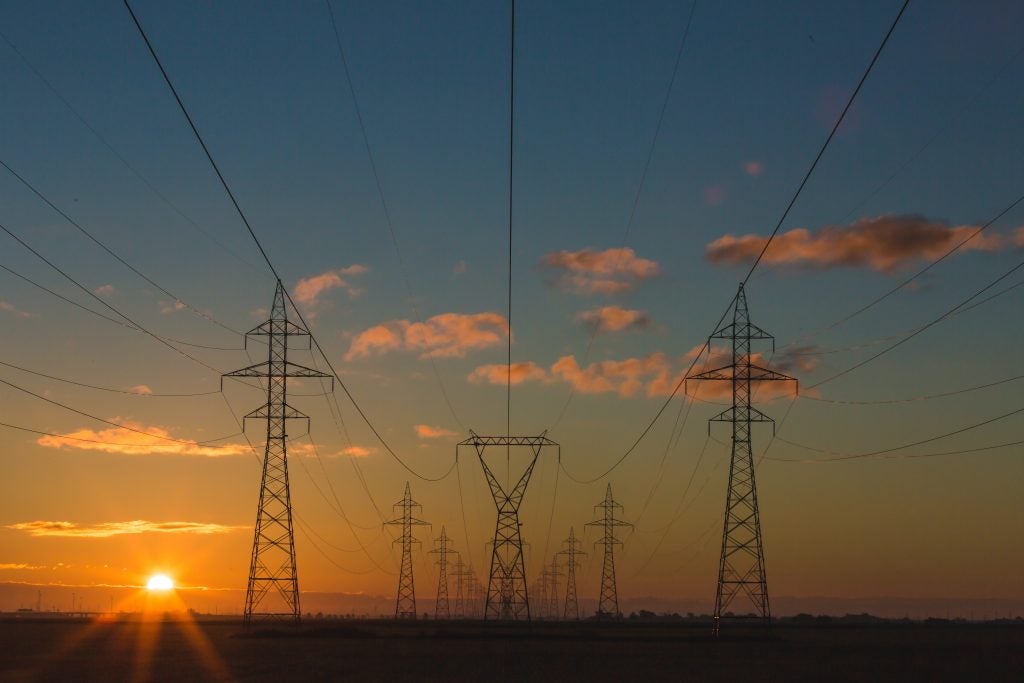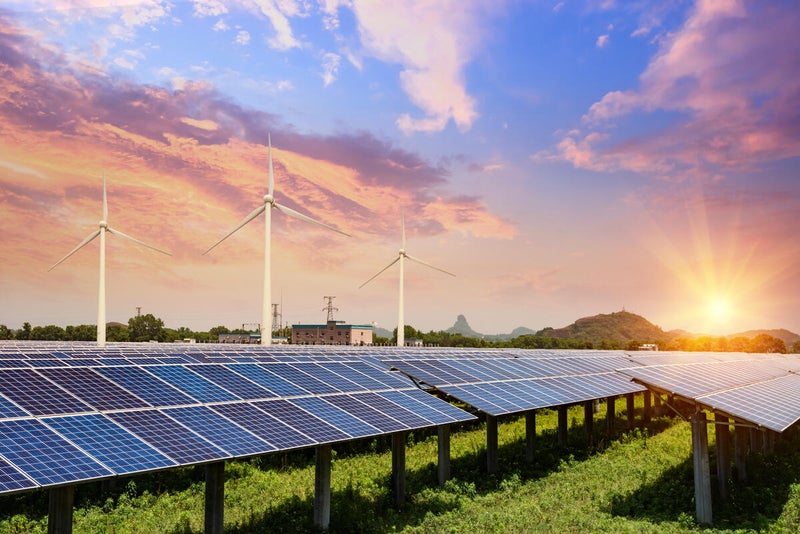Who, when and how to engage to build support for new infrastructure.

This post is the second in a series dedicated to the future of the electricity sector and new scholarship supported by the Alfred P. Sloan Foundation. Each post is based on a discussion between select researchers and experts working on relevant policy. To learn more and join one of our upcoming conversations, visit the series website.
To make our electric grid cleaner, more reliable and more equitable, we need to invest in new infrastructure—and fast. In the effort to meet our country’s clean energy goals, policymakers will plan for new transmission lines, wind and solar farms and storage solutions, all of which will have an impact on the people living nearby. Communicating about these investments with the affected stakeholders must be done in a thoughtful and careful manner, or—as we’ve seen with other types of infrastructure projects—they can face delays or even fail altogether.
In our latest Alfred P. Sloan Foundation-funded webinar—which you can find here—we explored the barriers to public support of the infrastructure required to achieve a net zero electric grid as well as ways to engage with communities and other stakeholders more successfully.
The webinar, moderated by Dr. Elizabeth J. Wilson of Dartmouth College, featured panelists including Dr. Tanya Heikkila, Kate Konschnik, Dr. David Konisky and Amanda Ormond. Each of the academic panelists presented aspects of their research, while Ms. Ormond provided insights from her experience with infrastructure conflicts in the West.
Understanding constituencies—and conflicts
Dr. Heikkila’s research on conflicts around energy infrastructure found a variation in conflict intensity based on location, population and project type. Her analysis found that nonprofits and the general public tended to vocally oppose new infrastructure (regardless of the type), while energy companies were more supportive of infrastructure investments. Furthermore, “in high conflict cases,” Dr. Heikkila said, “people from different positions often talk past each other. So they’re not framing the issue in the same way.”
Ms. Konschnik’s research focuses on Regional Transmission Organizations (RTOs), which she describes as “the most important players in the energy transition that you’ve never heard of.” These non-profit organizations control transmission in a region, but also create the rules that affect market values, and in turn, investment decisions in key energy infrastructure.
However, RTOs (and very similar organizations known as Independent System Operators) function largely below the radar of the general public, as their consensus and decision-making processes are held behind closed doors, with energy market participants being the primary stakeholders engaging in these discussions. Though the public has largely been absent from these conversations, stakeholder agreement is not a foregone conclusion. In fact, as the energy market has become more diverse, with greater participation of renewable and distributed resources, conflicts around the rules between these market players have only increased.
No matter the stakeholders involved, Amanda Ormond says one of the biggest challenges facing policymakers today is extreme polarization. While opposition may have always existed, the outsized influence of politics, social media, hidden hands and even paid actors can lead to the abandonment of science-based decision making.
Location and project-type matter
The type of project and its location can determine the intensity of opposition. While more than 60% of the projects Dr. Heikkila studied experienced low-intensity conflict, pipelines and wind farms were found to generate greater opposition than solar and transmission lines. More intense opposition was found in infrastructure projects located in counties with a majority of residents associated with the Democratic party (except with regards to transmission lines), while lower-intensity conflict was more common in counties with Hispanic and Black residents, raising important questions about environmental justice.
Regional differences also exist. Pipelines tend to generate more intense conflict in the West and the Midwest, while transmission lines tend to generate greater conflict in the Northeast, Midwest and the West. The South has lower levels of conflict in general.
Dr. Konisky examined the phenomenon of NIMBYism, testing whether the “not in my backyard” sentiment is as common in opposition to infrastructure projects as it appears in media. After distributing 16,200 surveys across 6 states and 14 projects, his team found little evidence of NIMBYism, as opposition and support of projects did not tend to vary with respondent’s proximity to them. What he did find was that people opposed projects if they were concerned about the impacts on environmental quality and climate change or had greater distrust in energy companies.
Process is critical
All of the panelists discussed the need to improve public engagement in decision-making. For Ms. Ormond, that includes early engagement, assessment and testing to give policymakers a baseline understanding of sentiment prior to hearings. This is necessary, in part, because of the emergence of paid actors and organizations that engage in astroturfing to either generate a crisis or the impression that a project is universally supported. Without that baseline knowledge, a policymaker could be swayed by disingenuous parties, she says.
Dr. Konisky noted the importance of listening to diverse voices in the decision-making process. “Government is not always great at that,” he said, adding that building trust in institutions takes time—a luxury we do not have. “This is a real puzzle,” he said. “We have to figure out a way forward to do both things well—to go fast but to also be inclusive.”
In some cases, specifically among RTOS, there is a fear of engaging the general public, who they often view as lacking technical expertise. That said, Ms. Konschnik notes the need for greater transparency—including posting meeting minutes, in order to increase public understanding of the process and decision-making related to energy investments.
Part of the challenge, Dr. Heikkila says, is that the act of engaging the public itself can generate conflict. We need to determine how to create dialogue in a way helps build trust and allows us to talk to each other in a product manner. Engaging early is important, but how you engage is essential, she says.
Explaining the “Why” behind projects
Demonstrating the relevance of new energy infrastructure is important in generating support. Drawing connections between major climate-related events like wildfires could compel people to engage in energy planning. Increasing the knowledge of stakeholders takes time, but Ms. Ormond has seen it build trust and generate greater support for a clean transition.
Beyond that, both Ms. Ormond and Dr. Heikkila noted the need to articulate a broader energy policy. Without a consistent, national energy policy, individual projects can suffer from a lack of purpose in the eyes of the public. However, Ms. Ormond notes that state goals of becoming 100% clean can also demonstrate to the public how each project supports these objectives, giving them a better understanding of how infrastructure fits into a broader goal. Demonstrating how individual projects can help us meet climate goals while ensuring a more reliable, efficient and equitable grid should be at the forefront.
Achieving public acceptance of energy infrastructure is possible
As we move towards a cleaner grid, we will be making significant investments in energy infrastructure. This will naturally cause conflicts and concern as individuals will be affected by these investments, one way or the other. However, this webinar demonstrated that not all is lost. As long as we ensure that process is inclusive, transparent and clearly demonstrates the social and environmental benefits associated with the investment, we can achieve a future grid that is equitable, clean and responsive to the concerns of stakeholders.

















